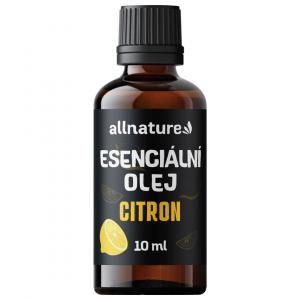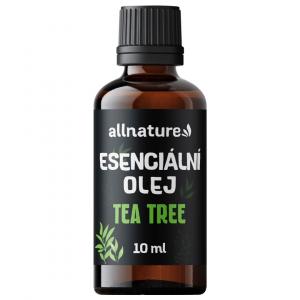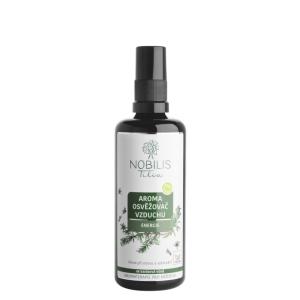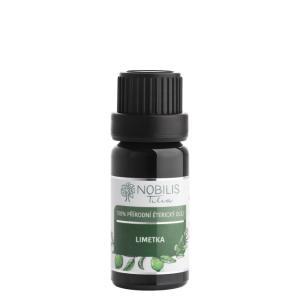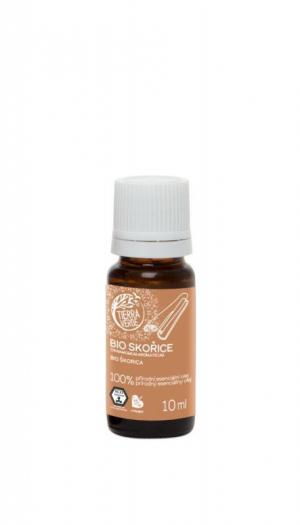
Home Treatment for Middle Ear Inflammation and Tips for Quick Relief

How to Treat Middle Ear Infections at Home with Respect for Nature
Middle ear infections are among the most common health complications that trouble not only children but also adults. Pain, pressure, impaired hearing, or even fever—these can all accompany this unpleasant condition. In many cases, it's not necessary to resort immediately to antibiotics. If it's a mild form of infection, home treatment can be a gentle and effective alternative. Moreover, there's no need to give up on natural methods—nature has its own answers for ear pain.
What Happens During a Middle Ear Infection?
The middle ear is a cavity between the eardrum and the inner ear, connected to the nasopharynx by the Eustachian tube. During a cold or viral infection, bacteria or viruses can reach the middle ear through this pathway. The result is an infection that manifests as pain, pressure, and sometimes even discharge from the ear if the eardrum ruptures. Middle ear infections in children are often due to more frequent upper respiratory infections and the immaturity of the Eustachian tube, which is shorter and more horizontal than in adults.
Under mild circumstances—such as when the fever isn't high, the pain subsides, and the child or adult otherwise functions relatively well—home treatment may be entirely sufficient. According to the World Health Organization (WHO), in mild cases, a so-called "watchful waiting" phase lasting 48 to 72 hours is recommended, during which symptoms are monitored without immediate antibiotic use.
Natural Treatment Methods That Make Sense
One of the most effective tools for home treatment of ear infections is heat. Dry warm compresses, such as a heated cherry pit cushion or a hot water bottle wrapped in a towel applied to the aching ear, can relieve pain and promote blood circulation in the area. This helps the body fight the infection naturally.
Another option is using essential oils such as lavender, eucalyptus, or tea tree oil. These oils have anti-inflammatory and antibacterial effects. However, they should never be applied directly into the ear—it's safer to dilute them in a carrier oil (such as almond or olive oil) and gently rub around the ear and neck.
An old and proven method, especially in rural areas, is the onion poultice. Finely chopped onion wrapped in a handkerchief or cloth, placed on the ear for 20–30 minutes, can act as a natural antibiotic. Onion contains allicin, which has strong antibacterial effects, and its heat and aroma help clear the airways.
Herbal teas and tinctures, especially chamomile, sage, thyme, or elderflower, can support the body's defense against infection. Adequate hydration is also crucial—as the body loses fluids more rapidly during fever or infection.
And what about garlic? It's literally legendary among natural antibiotics. Garlic oil (homemade or purchased at a pharmacy) can be applied in the same way as essential oils—that is, on the skin around the ear, not directly into the ear canal. With careful use and adherence to hygiene standards, it can be a very effective helper.
Try our natural products
When to Be Alert and Seek Medical Attention
Although home treatment of middle ear infections can be very effective, it's important to recognize the boundary when it's time to seek professional help. If the pain worsens, the child or adult has a high fever, there is purulent discharge from the ear, or notable hearing deterioration, a doctor's visit is warranted.
In young children under six months of age, any suspicion of an ear infection is a reason for immediate examination. Similarly, recurrent infections or persistent fluid in the middle ear can lead to long-term hearing damage and should be addressed by a specialist.
Chronic middle ear infections are a special case—they almost always require targeted treatment, possibly ENT examination, and sometimes surgical intervention.
Sustainable Home Treatment Without Unnecessary Chemicals
Parents who strive to raise their children in an eco-friendly spirit often seek gentle and effective alternatives to conventional medicine. Home treatment of ear infections can be carried out entirely without disposable plastics, chemicals, or synthetic medications. All it takes are quality natural remedies, some knowledge, and above all, patience. Even old folk remedies have their place in the light of modern science—often based on common sense and observation of nature.
An example could be the story of Hana, a mother of two, who dealt with recurring ear infections in her son. After the third round of antibiotics, she decided to change her approach: she boosted the child's immunity with probiotics, included more fresh vegetables in the diet, and switched to non-toxic cleaning products at home to avoid irritants in the air. When the infection reappeared, instead of antibiotics, they tried a warm compress, onion poultice, and support for hydration. As a result, the child recovered in three days without medication—and the infections didn't return.
Home treatment of ear infections is not only about pain relief but also about the possibility of leading a life in harmony with nature and one's values. Whether it's using essential oils, eco-friendly heating pads, or herbs from the garden, it's always important to ensure safety, hygiene, and the overall well-being of the patient.
While middle ear infections are unpleasant, they are, in many cases, manageable with natural means. And therein lies the magic of natural medicine—it doesn't suppress symptoms but helps the body find balance. Sometimes all it takes is calm, warmth, a bit of nature, and faith that the body knows what it's doing.
